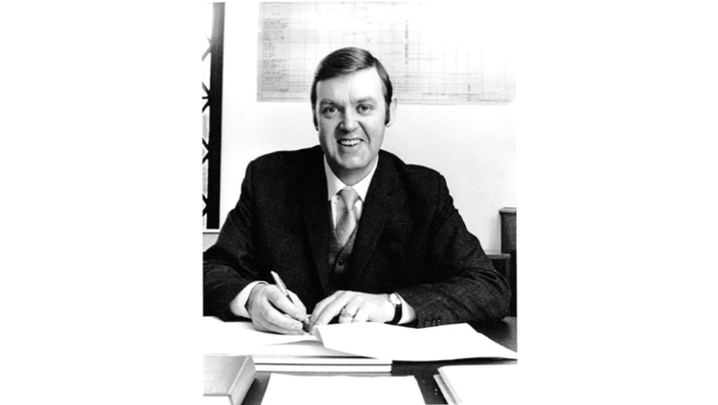Public-service media has a vital role to play in sustaining a sense of community. So why is the state so slow to grasp that?
Growing up on the border between the Republic and Northern Ireland in the 1970s and 1980s left me with an acute sense of community – or, perhaps, "communities".
Of course, the Troubles dominated, and our idea of "community", the idea of "Ireland" itself, was the lead story for a media that often had only one story to tell.
Today, while our definition of community and "communities" has changed, it's as important a concept as ever.
Take this statistic: towards the end of last year, the final episode of RTÉ drama Love/Hate was watched by 56% of the television audience.
Yes, over half of all people watching television were watching RTÉ One.
Only a few weeks later, a seasonal edition of The Late Late Show, the world's longest-running chat show, was viewed by 71% of the available audience.
Almost three-quarters of the people watching television were watching RTÉ One.
If, once, it seemed that, at home and abroad, the Troubles defined us and our communities, it is also true to say that, in the past decade, the prevailing international narrative has been one of loss: of identity, of culture, and, yes, of community.
Perhaps this is true in some countries – in other territories, nightly current affairs receives a share of 4% to 5%. Compare this with RTÉ's Primetime, which routinely receives a 22% to 25% share.
Clearly, Ireland is different: shared mass experience still exists. Think about it: 71% of people watching television all watching the same thing.
It's a powerful idea; it's an emotional idea; it's a hopeful idea.
It's hopeful, not just for the idea of "society", but for the role of public-service media.
Ireland is different: shared mass experience still exists
We are in danger of assuming that public-service media can no longer be relevant in a world of rapidly expanding choice.
We are told that there is nothing truly indispensable that public-service media adds to a society that commercial media cannot also add.
However, this is not the truth: public-service media remains hugely relevant in our shared futures, not simply through the varied genres that it supports, but in the simple fact that it supports this idea of shared experience in a way that no other media can.
In March, RTÉ will host an International Mobile Journalism Conference in Dublin.
That RTÉ is hosting this conference says something. It says that RTÉ is at the centre of both our traditional ideas of community and our emerging ideas of community.
RTÉ is a truly public space. The fact that it is funded in part by the public is central to that definition.
And yet, despite the fact that RTÉ can demonstrate its centrality to Irish life, the Irish licence-fee system is among the most inefficient in Europe. It is a troubling paradox.
When 94% of Irish people are using RTÉ's services in any given week, and yet upwards of €30m is being lost in potential revenue from the licence fee, it's clear that in Ireland the current public-funding system is not effective. It's clear that policy is at odds with reality.
The Irish have demonstrated, time and again, that we hold dear our sense of ourselves.
When 71% of people watching television on a given night choose RTÉ, it tells me that public media can play a vital role in informing that identity. Public-service media should be at the heart of a society that sustains a true, not virtual, community.
In Ireland, it really is long past the time for some real decisions on the funding of public media, and the preservation of shared communities.
Noel Curran is Director General of RTÉ.







